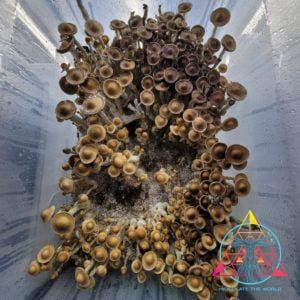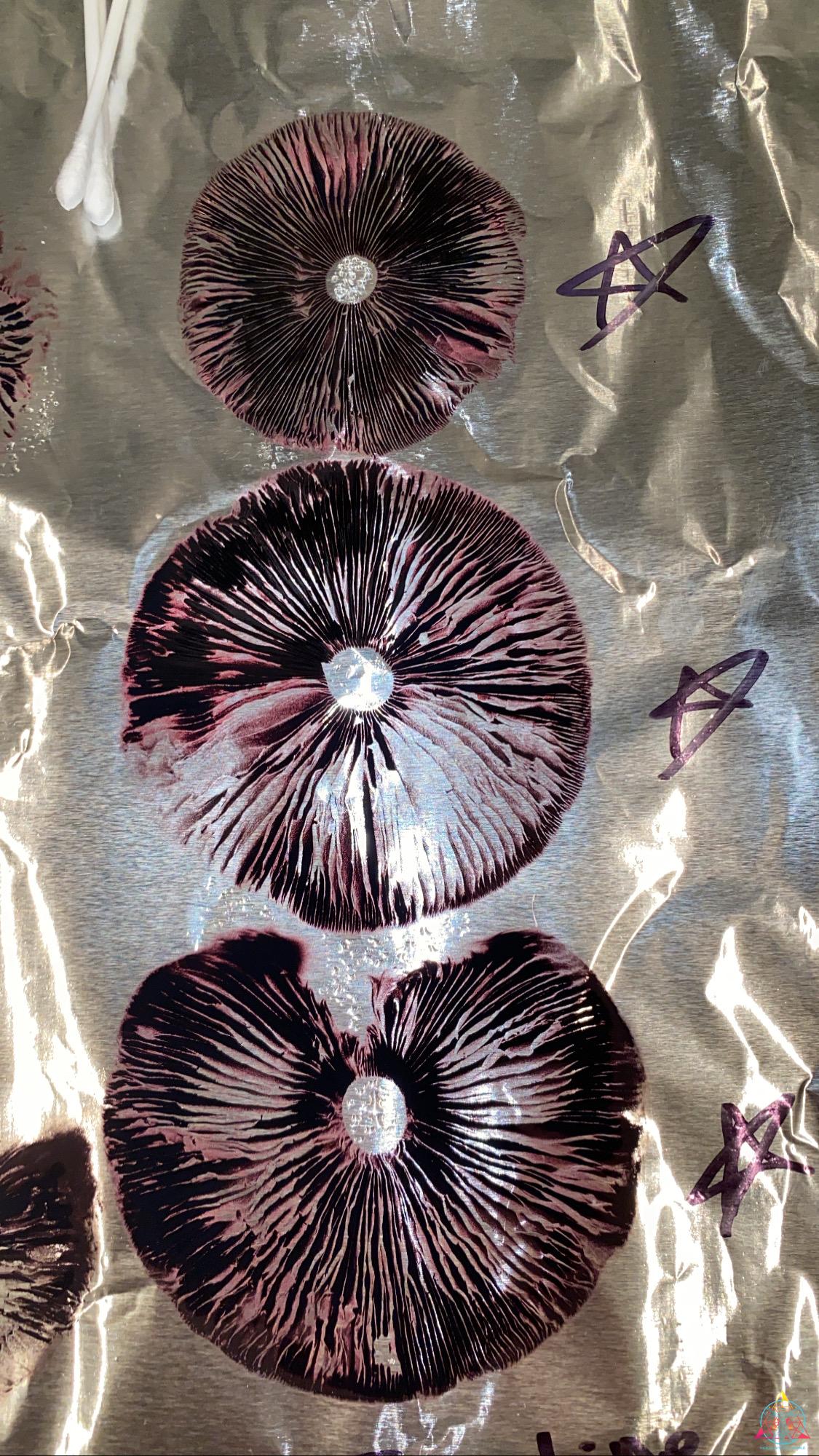
Wild P. Cubensis Tosahatchee,
collected 7/28/20
SPORE PRINTS
Spore prints are taken on sterile aluminum foil and will vary in size. It depends on the size of the mushroom cap that drops spores as to how large or small your print will be. Mushroom species are also a factor that determine size of print. Certain species with small caps leave small spore prints. For microscopic viewing of spores, simply use a tool to transfer the spores to a glass slide where they can be easily viewed under microscope. Spore prints are sold for legal microscopy and novelty purposes only. Pictures and information are solely for educational purposes.
Featured Prints
-
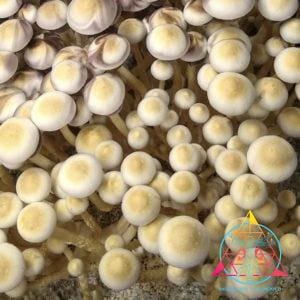
White Golden Teacher Spore Print
$30.00 -

Golden Teacher Spore Print
$25.00 -
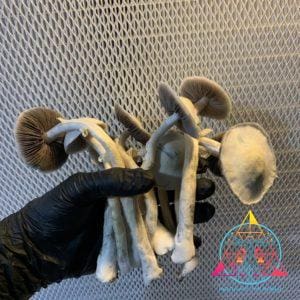
Leucistic Burma Spore Print
$35.00 -
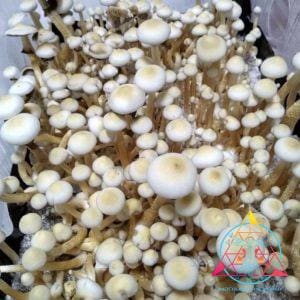 Out of Stock
Out of Stock Rusty White Spore Print
$35.00 -
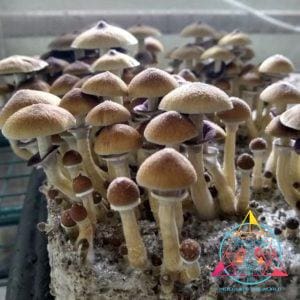 Out of Stock
Out of Stock Stargazer Spore Print
$30.00 -
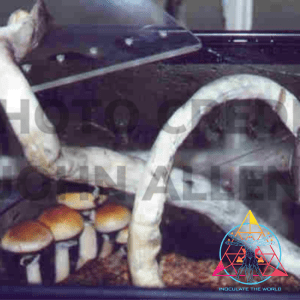
Orissa India Spore Print
$30.00 -
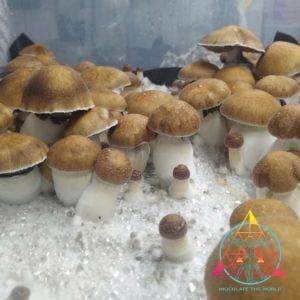 Out of Stock
Out of Stock Koh Samui Spore Print
$30.00 -

PES HAWAIIAN Spore Print
$35.00 -
 Out of Stock
Out of Stock Blue Meanie Spore Print
$30.00 -
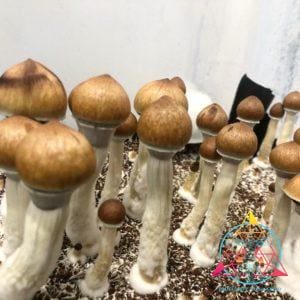 Out of Stock
Out of Stock Psilocybe Cubensis (Dulce) Spore Print
$35.00 -

Nepal Chitwan Spore Print
$35.00 -
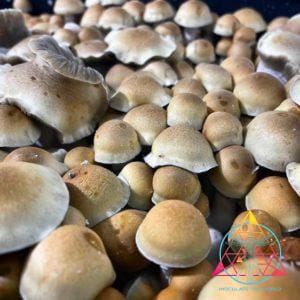
TEX PE6 Spore Print
$35.00 -
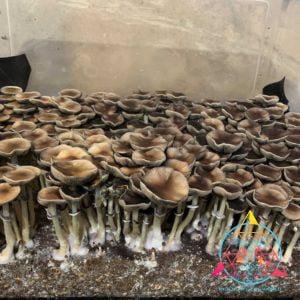
Pink Buffalo (Thai Cubensis) Spore Print
$35.00 -
 Out of Stock
Out of Stock Alacabenzi Spore Print
$35.00 -
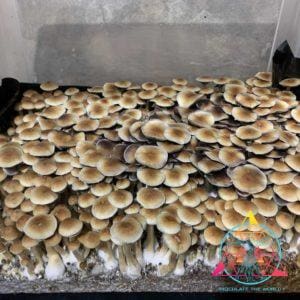 Out of Stock
Out of Stock Thai Elephant Dung Spore Print
$35.00 -
 Out of Stock
Out of Stock Wild Psilocybe Cubensis (Tosohatchee) Print
$40.00 -
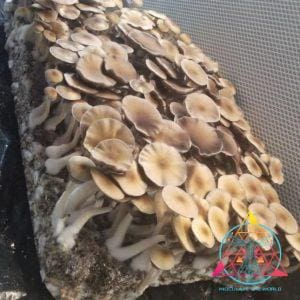
Lizard King Cubensis Spore Print
$35.00 -
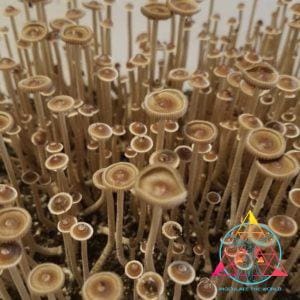 Out of Stock
Out of Stock Psilocybe Tampanensis “Truffle Producer” Spore Print
$30.00 -
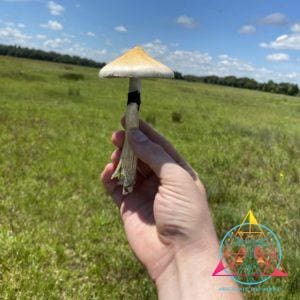 Out of Stock
Out of Stock Wild Texas Cubensis Spore Print
$35.00
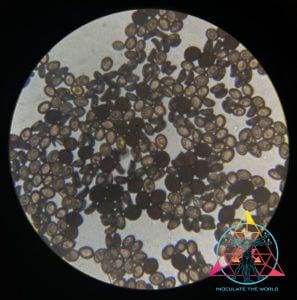
What is the importance of spores?
Spores are one of the most fascinating things on earth, and we are lucky enough to live during a time when the resources and tools necessary to study them are available to us. Psilocybes are part of the division of Basidiomycota; this division of fungi produces basidia. A basidium (pl., basidia), is a microscopic sporangium (or spore-producing structure). The presence of basidia is one of the main characteristic features of the Basidiomycota. A basidium usually bears four sexual spores called basidiospores. A single spore bearing mushroom has the potential to produce trillions of spores. Considering it only takes (two) spores to mate, this offers virtually endless possibilities for genetic variation.
Some cubensis varieties lack the ability to discharge spores upon maturity. In this case, the spores must be swabbed with a sterile grade cue-tip in order to be viewed microscopically.
Here at ITW we say let’s add diversity to your microscopic library, and to the world.
It is our hope that you can move forward with a greater understanding of spores, but more than anything, a sense of respect towards fungi and the incredible inner workings of nature’s architects.


